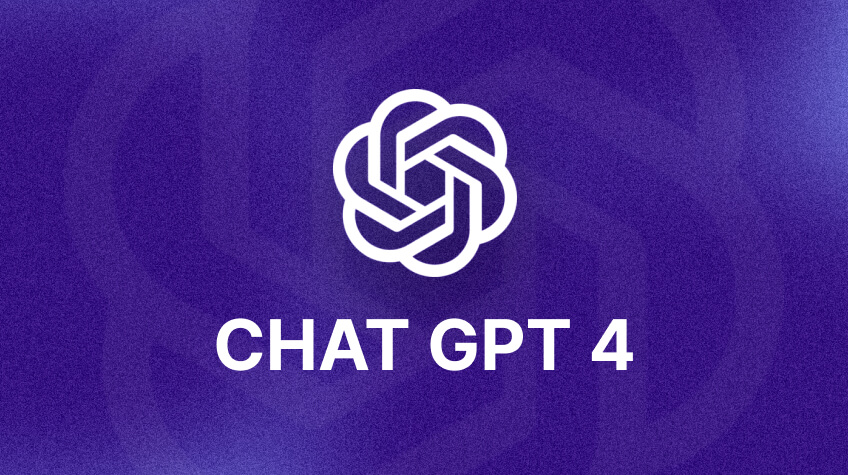
Website Error Codes: What They Mean and How to Fix Them
When visiting a website, it’s frustrating to encounter an error message instead of the content you were hoping to see. These error messages, also known as status codes, indicate that something has gone wrong with the website.
In this article, we’ll break down the most common website error codes and what they mean. We’ll also provide some tips on how to fix these errors and keep your website running smoothly.
1. 400 Bad Request
This error code typically means that the server couldn’t understand the request that was sent to it. This could happen if the request was formatted incorrectly or if there was missing information. In most cases, you can fix this error by double-checking the URL you’re trying to access and verifying that all required fields are filled out correctly.
2. 401 Unauthorized
If you see this error message, it means that you are trying to access a restricted area of the website and don’t have permission to view it. You may need to log in or provide authentication in order to access the content. If you are the website owner, you can fix this error by ensuring that your permissions and authentication settings are configured correctly.
3. 403 Forbidden
Similar to a 401 error, a 403 error means that you are not authorized to access the content you’re trying to view. However, in this case, it’s not because you haven’t provided authentication – it’s because access to the resource is forbidden by the server. This could happen if you are trying to access a directory that doesn’t allow browsing or if the server is configured to block certain IP addresses. To fix this error, you’ll need to review your server settings and adjust them accordingly.
4. 404 Not Found
Perhaps the most well-known website error code, a 404 error occurs when the requested resource cannot be found on the server. This can happen when a page has been moved, deleted, or renamed. It’s important to fix 404 errors so that users can find the content they’re looking for. You can fix this error by providing a redirect to the correct URL or creating a custom 404 page that offers suggestions for other pages on the site.
5. 500 Internal Server Error
This error code indicates that there was an error on the server that prevented it from fulfilling the request. The cause of the error could be a problem with the server’s configuration, database corruption, or a coding error. To fix this error, you may need to review your server logs to identify the root cause and make any necessary changes.
6. 503 Service Unavailable
When you see a 503 error, it means that the server is currently unavailable and cannot handle the request. This could be due to server maintenance, high levels of traffic, or a problem with the server’s configuration. To fix this error, you’ll need to wait until the server is available again, or work with your hosting provider to identify and fix the underlying issue.
Conclusion
Encountering a website error code can be frustrating, but understanding what these codes mean and how to fix them is essential for keeping your website running smoothly. By familiarizing yourself with these codes and reviewing your server settings and logs, you can ensure that your website provides a positive user experience and minimizes downtime. Additionally, regularly checking for errors and making necessary updates can help improve your website’s overall performance and usability.
壹涵网络我们是一家专注于网站建设、企业营销、网站关键词排名、AI内容生成、新媒体营销和短视频营销等业务的公司。我们拥有一支优秀的团队,专门致力于为客户提供优质的服务。
我们致力于为客户提供一站式的互联网营销服务,帮助客户在激烈的市场竞争中获得更大的优势和发展机会!




发表评论 取消回复